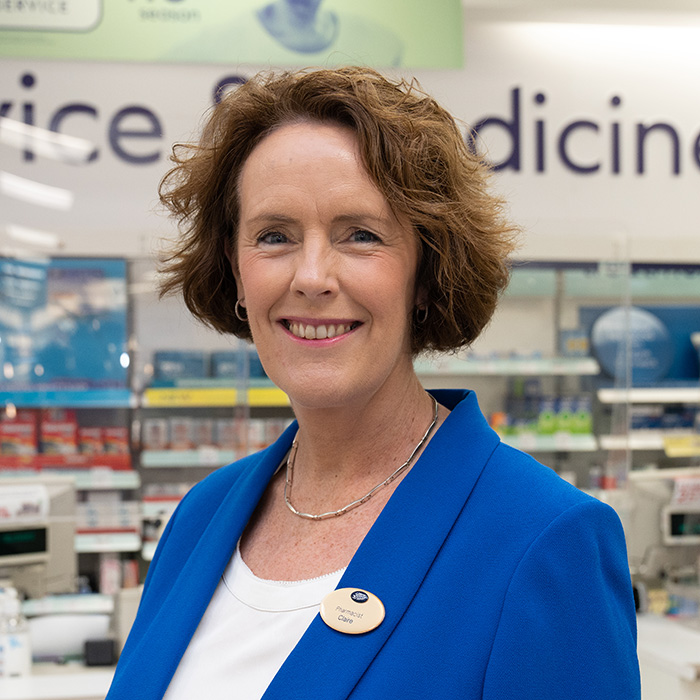Using technology properly to keep our patients safe
A message from Claire Nevinson, Pharmacy Superintendent:

Our Core Dispensing SOPs are fundamental to how we provide safe patient care. Now available on our digital platform, these SOPs have been developed to enable you to work with all the patient safety benefits that the Columbus system confers. Please remember that Columbus can only improve patient safety if its functionality is used properly. This is only possible when the correct procedures are followed each and every time. A key theme throughout the updated Core Dispensing SOPs is how technology can enhance the speed and quality of output in dispensing. However, it’s essential to understand what Columbus does not do, so that there is no overreliance on the system, which can result in ‘skills fade’. As healthcare professionals, it is vital to be aware of our own ‘skills fade’ – an overreliance on technology – and that of the pharmacy team members around us.
While the use of technology can improve safety, we must ensure we maintain our focus on the human factors which can also contribute to patient safety. The appropriate use of Columbus and eRetrieval can support handout, but cannot currently fully prevent a handout error, and we must all continue to follow the SOP at this stage of the dispensing process. It is important that we embrace technological improvements and change but, most importantly, use them to support efficient processes so that we have time to add further value to our interactions with patients and maximise the opportunities to make a difference to patient care, especially at the point of handout.
The effective use of technology to support handout is illustrated in this month’s case study and I would encourage you to discuss it thoroughly with your team. In this instance, the pharmacy advisor delivered excellent patient-centred care in her early interaction with a vulnerable patient. However, her subsequent failure to fully follow process with the handout of his dispensed medication meant that the patient experienced profound adverse relational and psychological consequences that undermined the personal progress he had been making. What can your team learn from this incident?
